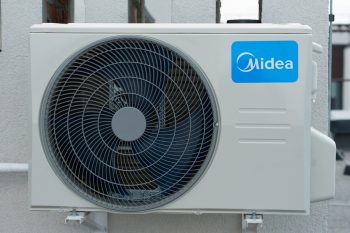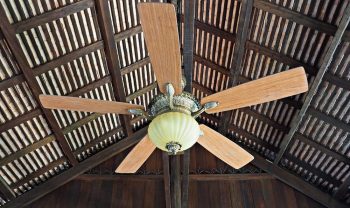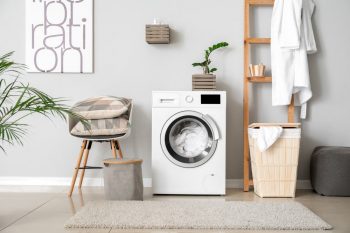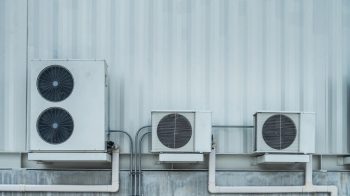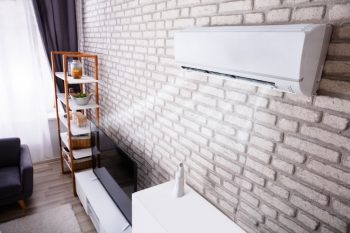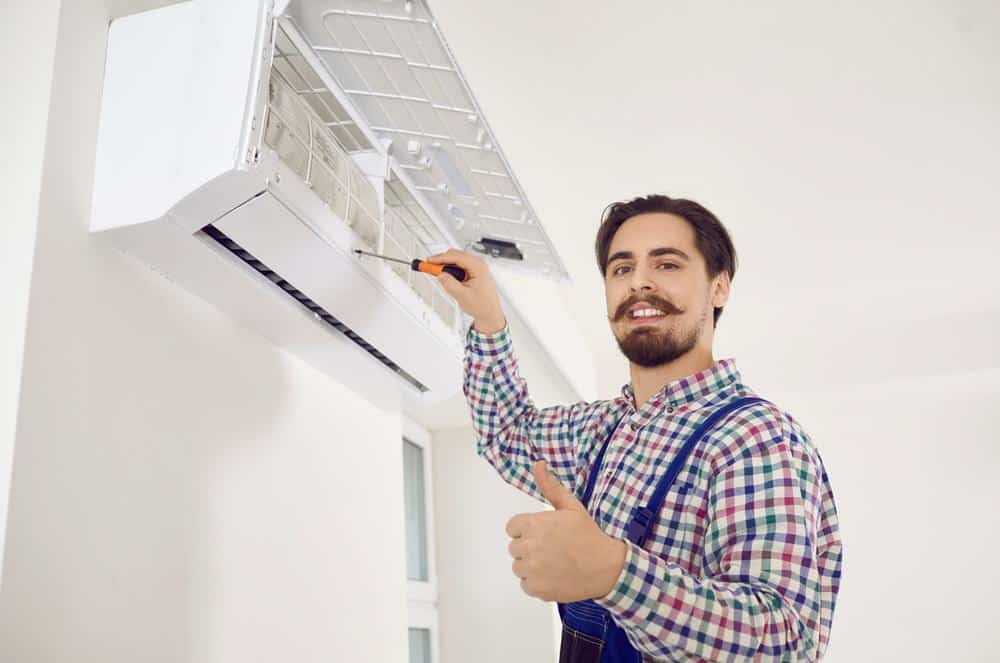
Summer is here, and as the temperatures start to rise, so does the need for air conditioning. But how do you set your air conditioner temperature for maximum comfort and efficiency? There’s a lot more to it than simply cranking the thermostat down. Understanding how your air conditioner works and how to properly set the temperature can help you stay cool and save on energy costs. This comprehensive guide will walk you through everything you need to know about setting your air conditioner temperature.
The ideal air conditioner temperature for maximum comfort and efficiency is 78°F (25.5°C) when you’re at home and need cooling, 85°F (29.4°C) when you’re away, and 82°F (27.8°C) for sleeping, according to the U.S. Department of Energy. Remember that personal comfort levels may require adjustments to these numbers. Avoid setting the temperature too low to cool the home faster as it doesn’t work and can lead to increased energy costs. Using a programmable thermostat can help maintain consistent temperatures and save energy.
Understanding Your Air Conditioner
Before diving into how to set your air conditioner temperature, it’s important to understand how your air conditioner works. An air conditioner cools your home by removing heat and humidity from the indoor air and expelling it outside. The cooler the set temperature, the longer the system will run to reach that temperature, leading to higher energy consumption.
Ideal Temperature Settings
According to the U.S. Department of Energy, the ideal temperature setting for your air conditioner during warmer months is 78°F (25.5°C) when you are at home and need cooling. However, comfort levels can vary from person to person, and you might need to adjust this number based on your personal comfort.
When you’re away from home, it’s recommended to set the air conditioner to 85°F (29.4°C). This reduces the workload on your AC unit, saving energy. For sleeping, a setting of 82°F (27.8°C) is recommended. Remember that for each degree you set your thermostat above 72°F (22.2°C), you can save up to 3% on your energy bill.
The Role of Humidity
Humidity plays a significant role in how cool or warm a room feels. Higher humidity levels make the air feel warmer, while lower humidity levels can make the air feel cooler. Air conditioners help control humidity by removing moisture from the air as they cool it. If you live in a humid climate, you may need to set your air conditioner temperature lower to achieve a comfortable level of humidity. Alternatively, consider using a dehumidifier to help your air conditioner work more efficiently.
Common Mistakes to Avoid
There are a few common mistakes people make when setting their air conditioner temperature. One of the most common is setting the temperature too low in an attempt to cool the home faster. However, this doesn’t work and can lead to increased energy costs and wear and tear on your system. Another common mistake is not using a programmable or smart thermostat, which can help maintain a consistent temperature and save energy.
Using a Programmable Thermostat
A programmable thermostat can be a game-changer when it comes to maintaining a comfortable temperature in your home. These devices allow you to set different temperatures for different times of the day, reducing the need for manual adjustments and helping to save energy. For example, you can set your thermostat to cool the house down right before you arrive home from work, ensuring your home is comfortable while also saving energy during the day.
Health Implications
Setting the air conditioner to certain temperatures can also have health implications. Too cold temperatures can lead to respiratory issues and dry skin. On the other hand, temperatures that are too warm can lead to heat stroke and other heat-related illnesses. It’s important to find a balance that keeps you comfortable without posing a risk to your health.
Tips for Maintaining a Comfortable Temperature
Here are a few tips to help you maintain a comfortable temperature without overworking your air conditioner:
- Use ceiling fans to circulate air and create a wind-chill effect.
- Keep curtains and blinds closed during the hottest part of the day to block out heat.
- Regularly clean or replace your air conditioner filters to keep your system running efficiently.
- Schedule regular maintenance for your air conditioning system.
In conclusion, setting your air conditioner temperature involves a balance of comfort, energy efficiency, and health considerations. By understanding how your air conditioner works and how to properly set the temperature, you can enjoy a cool, comfortable home all summer long.
Frequently Asked Questions
What is the ideal air conditioner temperature for winter months?
In the winter, it’s recommended to set your thermostat to 68°F (20°C) when you’re at home and awake, and lower when you’re asleep or away. This can help save energy and keep your home comfortable.
How often should I replace my air conditioner filters?
It’s generally recommended to replace your air conditioner filters every 60-90 days. However, if you have pets, suffer from allergies, or live in a particularly dusty area, you might need to replace them more frequently.
How can a smart thermostat help save energy?
A smart thermostat can save energy by allowing you to program different temperature settings for different times of the day. For example, you can set the temperature higher when you’re not at home, reducing energy consumption. Some smart thermostats can even learn your schedule and preferences, making adjustments automatically to save energy.
Can I use an air conditioner to heat my home in the winter?
Some air conditioners are equipped with a reverse cycle, or heat pump, which allows them to heat air in addition to cooling it. Check your model to see if it has this feature.
Why is my air conditioner running but not cooling my home?
This could be due to a number of reasons, such as a dirty air filter, a malfunctioning thermostat, or low refrigerant levels. If your air conditioner is running but not cooling your home, it’s best to contact a professional to diagnose and fix the problem.


